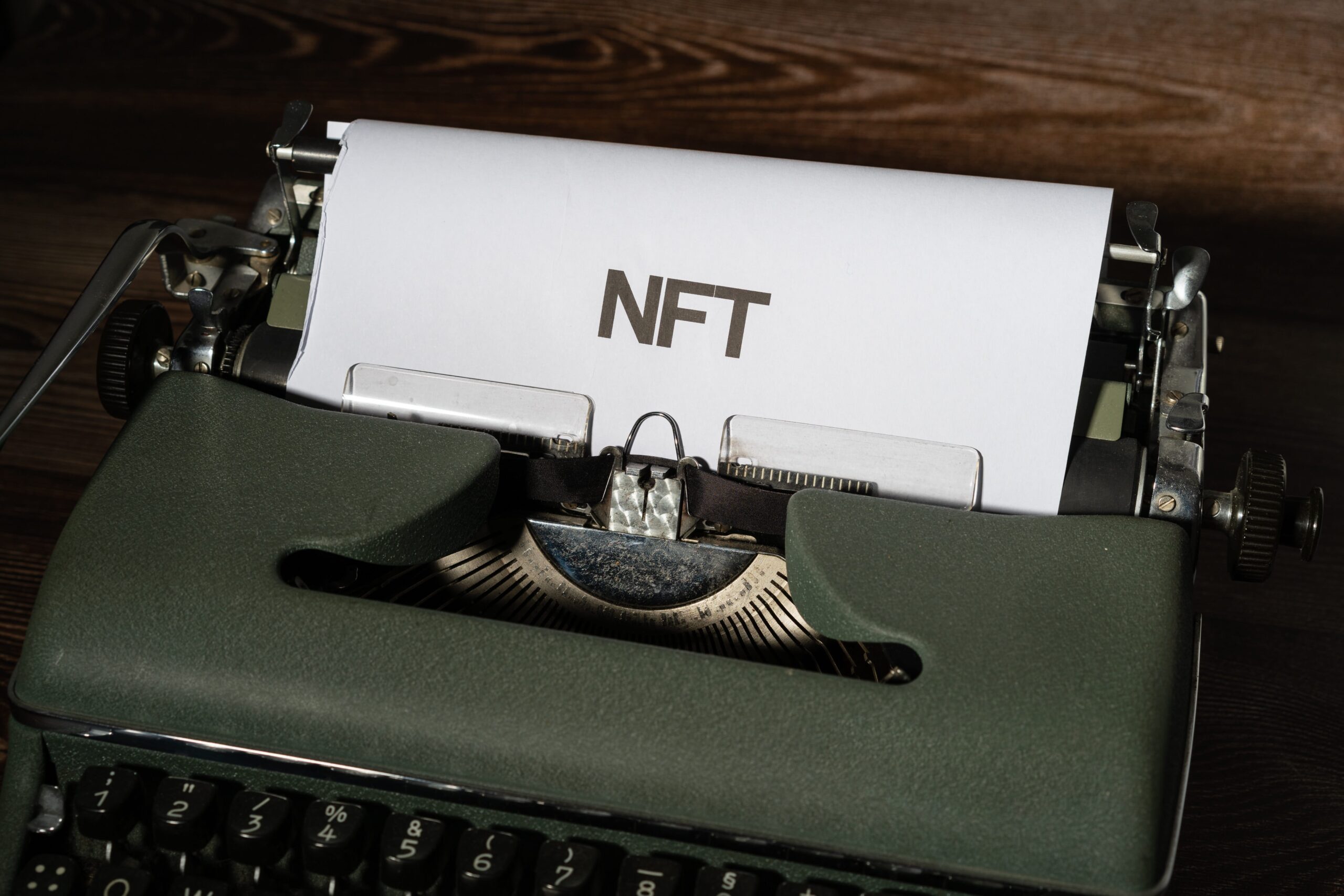5 Most Expensive NFT Paintings
It is impossible to imagine the world without paintings and sculptures. But as technology develops, there are ways to create and perceive works. Many artists today have moved to the digital plane, which gives them a number of advantages. 5 Most Expensive NFT Paintings ...

It is impossible to imagine the world without paintings and sculptures. But as technology develops, there are ways to create and perceive works. Many artists today have moved to the digital plane, which gives them a number of advantages.
5 Most Expensive NFT Paintings
Everydays: The First 5000 Days by Beeple
- Sold for 69,346,250 dollars
- Website: Christie’s Auction House
- Date: 11 March 2021
Every day since May 2007, Mike Winkelman (Beeple) has created a tiny painting. When there were 5,000 of them, he put them together into the NFT, which eventually brought the entire sector into the mainstream. The artist still creates new drawings every day and uploads them to his Instagram.
Beeple – Human
- Sold for $28,985,000
- Website: Christie’s Auction House
- Date: November 10, 2021.
A hybrid piece of physical and digital art called a generative sculpture. Continually moving ahead in various weather situations, it is an astronaut outfit. The material of this work will continue to be developed by Beeple throughout his lifetime.
Edward Snowden: Stay Free
- Sold at $6,040,050
- Website: Basis
- Date: April 16, 2021
NFT developed by well-known leaker Edward Snowden. Also contains a shot of Snowden taken by British portrait photographer Plato, as well as a court decision condemning NSA surveillance practices that contravene current security regulations.
XCopy – All Time High in the City
- Sold for $4,426,835
- Website: SuperRare
- Date: January 2, 2022
The item was developed in 2018. A guy in a suit is shown being transported across a river by an underworld ferryman (perhaps Charon). The death theme is one that London-based artist XCopy frequently explores.
MadDogJones – Replicator
- Sold at $4,144,000
- Website: Phillips Auction House
- Date: 23 April 2021
Dystopian and cyberpunk themes are combined in the work of digital artist MadDogJones. A sizable copier can be seen turning on, printing, and then shutting off at the 50-second mark. The metaphor represents the advancement of technology. For instance, in comparison to contemporary technology, a copier appears to be already out of date.
Prospects of Having an NFT
This NFT market has a lot of prospects (both advantageous and disadvantageous) for authors who seek to market an NFT picture:
- Ownership reality. Digital objects could not be fully owned prior to the development of NFT. Downloading and transferring any work is possible. Although this is also conceivable in the case of NFTs, the owner nonetheless retains the right to complete and undisputed ownership.
Blockchain is incredibly helpful for tracking ownership and keeping records of writers since it stores information in a way that is exceedingly difficult to hack. The main issue with this idea is that there haven’t been any legal precedents where the rights of picture authors have been upheld. This is problematic because theoretically, if an attacker has access to a digital file of a picture, he or she can mint NFT on his or her own behalf and reap the rewards.
- Method of income. NFT art offers fresh methods to profit from art. Furthermore, everything moves along much more quickly now—rapid payments, no waiting for prints, quick audience reaction, engaged customer engagement, and adaptation to consumer needs.
The artist receives 5–10% of the proceeds from each subsequent sale of a work of art under the royalty system. A significant factor is the definition of value. NFTs’ value may fluctuate greatly because it is typically exchanged for Ethereum (or other cryptocurrencies). The value of the labor in fiat currency will decrease if the bitcoin exchange rate declines.
- Coverage. Artists used to profit from actual world activities like exhibitions. Collectors and artists may now communicate on a worldwide scale thanks to the growth of NFT trading.
Rather than relying solely on sporadic commissions to make ends meet, many independent designers and artists have been able to boost the consistency of their income. You can identify your target market, create a brand strategy, identify a viable course, and take advantage of several marketing chances.
One of the biggest problems with the sector, according to experts, is its ecological footprint. The bulk of NFTs are powered by Ethereum, which is obtained by PoW mining. The price at which one token can be sold makes it possible for up to 10 MW of electricity to be used in one transaction. This is really concerning, but it must be noted that it applies to all PoW blockchains in general and not just NFTs. The situation will become better as soon as Ethereum adopts Proof-of-Stake.
What is required to produce your own NFT?
The picture file itself, a wallet that supports NFT, a platform that enables the minting of NFT, and enough cryptocurrency in the wallet to cover the first commission when sending a token for sale.
The Bottom Line
The ability to sell NFT artwork has the power to completely change the creative sector. Future generations are very likely to see this as the natural course of events.
